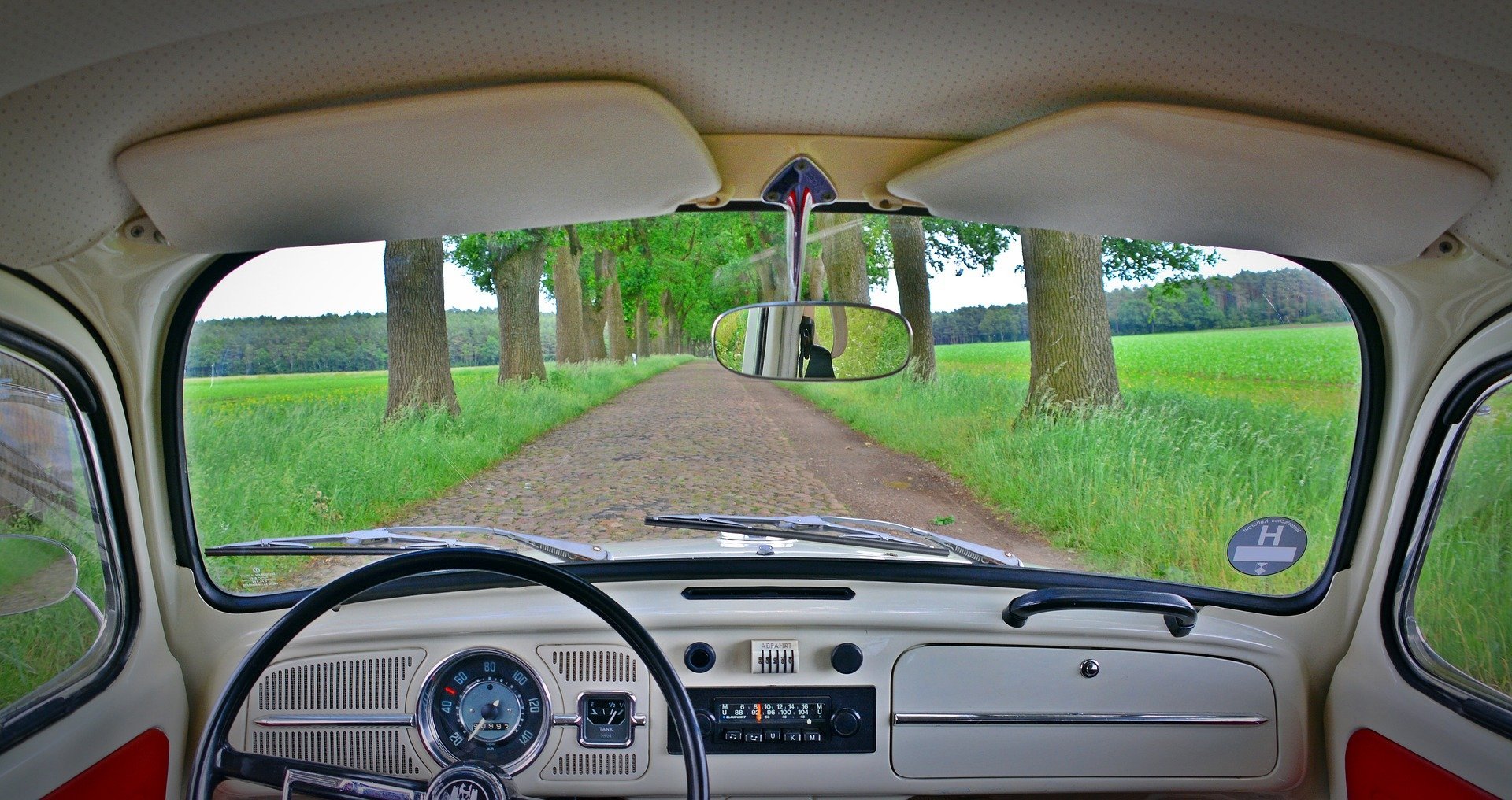
It is a bit of a golden rule that large industrial companies do not like transitions. Transitions cost money, are in principle not very profitable and it hurts to throw away cash cows. Moreover, familiarity with the existing technology is part of the (hidden) capital value of a company. In short, many find that these ‘old dinosaurs’ (as some of these companies are referred to) are doomed to die an inglorious death. According to a lot of people, Volkswagen has been asleep. It has taken notice of the transition to electric vehicles far too late and it is turning into a Kodak.
History repeats itself
Many German car factories were destroyed at the end of the World War II. This included all the Daimler-Benz factories, the Ford factory in Berlin and the Volkswagen factory in Wolfsburg. The allied forces struggled to decide what to do with the enormous Volkswagen factory where the VW Beetle was being manufactured. One year after the war, British automobile engineers advised the British government not to take over the VW factory. That’s because they thought the Beetle was too ugly, a bit bizarre and noisy. Two years later, Ford refused to buy the VW factory. Ford’s then president dismissed the Beetle as worthless. Since the French weren’t interested in the Beetle either, the allied forces appointed Heinz Nordhoff as head of VW in 1948. At the same time as this was done, the West German economy grew incredibly fast as all price and manufacturing restrictions were then lifted.
Immediately after the war the Beetle sold extremely well. This was due to it being the only affordable car on the market that could easily transport four people in a reliable manner. In 1951 the West German car industry achieved the same output as it had just before the war. In West Germany the number of cars per inhabitant rose by a factor of 4.4 in the period between 1955 and 1965. Because the West German population also grew, the number of cars subsequently increased by a factor of 5. In the 1950s Volkswagen was by far the largest player on the German car market. And by the sixties it owned about a third of the West-German market. Thanks in part to VW, West Germany became the fourth largest car producer in the world by 1954, even outperforming the British car industry two years later.
Ban on all developments
Until the death of Heinrich Nordhoff in 1968, all new designs were prohibited which did not use the 4-cylinder rear air-cooled boxer engine with its camshaft underneath as a basis. Also the Volkswagen buses and their obvious successors of the Beetle (VW 1500/1600 and VW 411/412) were manufactured in this configuration. At the end of the sixties Volkswagen started to fall far behind other European car manufacturers. At the same time the Beetle’ successors fell short in sales.
After Nordhoff’s death VW started thinking about a new policy for models, which resulted in an almost total replacement of the model range in the middle of the seventies. From that period Volkswagen would use the technology of Audi (Auto Union was taken over in 1964) and NSU. The VW Golf, Scirocco, Polo, Passat and the Audi’s 50 and 80 were a great success. This was only six years after everyone still looked down on the products that they designed and manufactured at the time.
The fully electric ID.3 will be launched on the market next year. Chances are that Volkswagen will use this to try and repeat the success of the seventies.
Sources::
Knie, A. (1994), Wankel-Mut in der Auto-Industrie: Aufstieg und Ende einer Antriebsalternative. Ed. Sigma, Berlin.
Laux, J. (1992), The European Automobile Industry, Twayne Publishers, New York
McShane, C. (1997), The Automobile: A chronology of its Antecedents, Development, and Impact, Fitzroy Dearborn Publishers, Chicago
Seherr-Thoss, H.C. Graf von. (1979), Die Deutsche Automobielindustrie: Eine Dokumentation von 1886 bis 1979. Deutsche Verlags-Anstalt, Stuttgart.
About this column
In a weekly column, written alternately by Floris Beemster, Bert Overlack, Mary Fiers, Peter de Kock, Eveline van Zeeland, Lucien Engelen, Tessie Hartjes, Jan Wouters, Katleen Gabriels en Auke Hoekstra, Innovation Origins tries to figure out what the future will look like. These columnists, occasionally joined by guest bloggers, are all working in their own way on solutions to the problems of our time. So that tomorrow is good. Here are all the previous articles.

